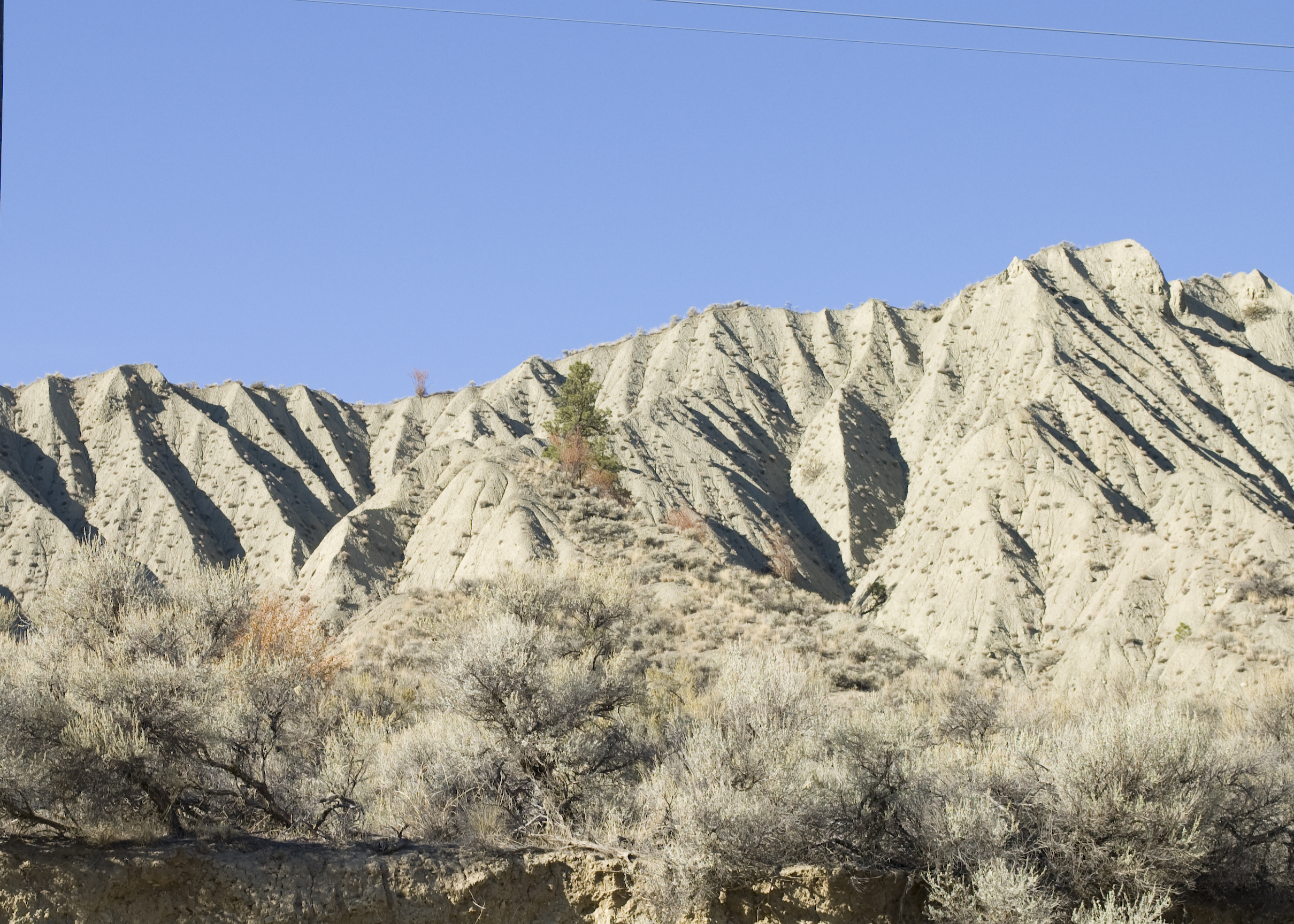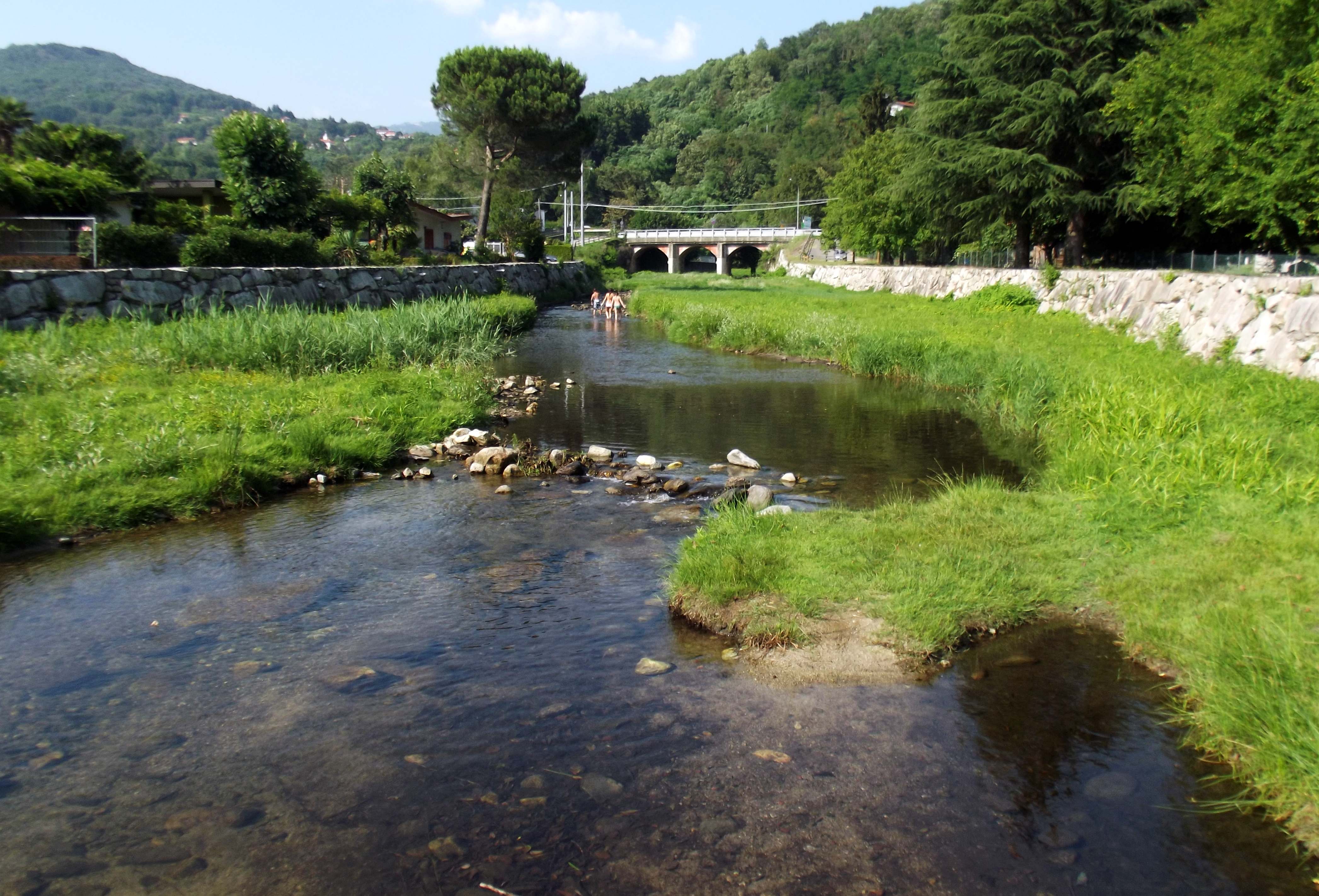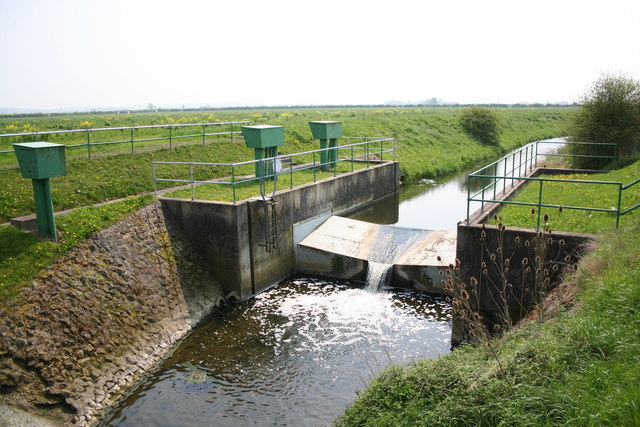|
Similkameen River
The Similkameen River runs through southern British Columbia, Canada, eventually discharging into the Okanagan River near Oroville, Washington, in the United States. Through the Okanagan River, it drains to the Columbia River. The river is said to be named for an indigenous people called ''Similkameigh'', meaning "treacherous waters". The river is controversially dammed (the now-defunct Enloe Dam), blocking fish passage to the upper (Canadian) reaches of the river. History The first mention of the Similkameen by a European was by Alexander Ross. While on a trading expedition, he travelled by way of the "Similkameigh River." Sir George Simpson used the name "Similkameigh" for one of the groups part of the Okanagan Nation. The transition from ''Similkameigh'' to ''Similkameen'' may have been inspired by the name of the Tulameen River despite being etymologically incorrect. The name ''Similkameigh'' comes from a now-extinct language of Nicola-Similkameen, of the Athapascan lan ... [...More Info...] [...Related Items...] OR: [Wikipedia] [Google] [Baidu] |
Keremeos, British Columbia
Keremeos () is a village in the Southern Interior of British Columbia, Canada. The name originated from the Similkameen dialect of the Okanagan language word "Keremeyeus" meaning "creek which cuts its way through the flats" referring to Keremeos Creek which flows down from the Upper Benchlands to the Similkameen River that runs by the village. History With K Mountain as a backdrop, Keremeos is a community whose "Wild West" looks date back to 1909 when the postmaster of the now-abandoned community of Upper Keremeos, Mr. George Kirby, purchased land alongside the Similkameen River in anticipation of the V.V. & E. Railway passing through the area. Eventually the Great Northern Railway from the US built a branch line up to Hedley and other businesses soon followed. Keremeos was incorporated in 1956. Geography The geography of the Keremeos area ranges from cottonwood groves along the river, to dense orchards and farms, to desert-like landscapes along the bases of the surroun ... [...More Info...] [...Related Items...] OR: [Wikipedia] [Google] [Baidu] |
Princeton, British Columbia
Princeton (originally Vermilion Forks) is a town in the Similkameen region of southern British Columbia, Canada."The rich history of Princeton or how Vermilion Forks made it on the map...", Princeton 2008 Visitors Guide, p. 4. It lies just east of the Cascade Mountains, which continue south into Washington, Oregon and California. The Tulameen and Similkameen Rivers converge here."Everything you've ever wanted to know about Princeton...", Princeton 2008 Visitors Guide, p. 6. At the 2016 census, the population was 2,828. Princeton centres on seven blocks of businesses along Bridge Street and five blocks on Vermilion Avenue; there are also businesses along British Columbia Highway 3."Princeton... 'Beautiful B.C. at its Best'", Princeton 2008 Visitors Guide, p. 9. Historically, the area's main industry has been mining—copper, gold, coal, and some platinum—The town's biggest employers are Copper Mountain Mine and a sawmill owned by Weyerhaeuser, along with a few smaller timbe ... [...More Info...] [...Related Items...] OR: [Wikipedia] [Google] [Baidu] |
USGS
The United States Geological Survey (USGS), formerly simply known as the Geological Survey, is a scientific agency of the United States government. The scientists of the USGS study the landscape of the United States, its natural resources, and the natural hazards that threaten it. The organization's work spans the disciplines of biology, geography, geology, and hydrology. The USGS is a fact-finding research organization with no regulatory responsibility. The agency was founded on March 3, 1879. The USGS is a bureau of the United States Department of the Interior; it is that department's sole scientific agency. The USGS employs approximately 8,670 people and is headquartered in Reston, Virginia. The USGS also has major offices near Lakewood, Colorado, at the Denver Federal Center, and Menlo Park, California. The current motto of the USGS, in use since August 1997, is "science for a changing world". The agency's previous slogan, adopted on the occasion of its hundredth ... [...More Info...] [...Related Items...] OR: [Wikipedia] [Google] [Baidu] |
Discharge (hydrology)
In hydrology, discharge is the volumetric flow rate of water that is transported through a given cross-sectional area. It includes any suspended solids (e.g. sediment), dissolved chemicals (e.g. CaCO3(aq)), or biologic material (e.g. diatoms) in addition to the water itself. Terms may vary between disciplines. For example, a fluvial hydrologist studying natural river systems may define discharge as streamflow, whereas an engineer operating a reservoir system may equate it with outflow, contrasted with inflow. Theory and calculation A discharge is a measure of the quantity of any fluid flow over unit time. The quantity may be either volume or mass. Thus the water discharge of a tap (faucet) can be measured with a measuring jug and a stopwatch. Here the discharge might be 1 litre per 15 seconds, equivalent to 67 ml/second or 4 litres/minute. This is an average measure. For measuring the discharge of a river we need a different method and the most common is the 'area-velocity' method. ... [...More Info...] [...Related Items...] OR: [Wikipedia] [Google] [Baidu] |
River Mile
A river mile is a measure of distance in miles along a river from its mouth. River mile numbers begin at zero and increase further upstream. The corresponding metric unit using kilometers is the river kilometer. They are analogous to vehicle roadway mile markers, except that river miles are rarely marked on the physical river; instead they are marked on navigation charts, and topographic maps. Riverfront properties are sometimes partially legally described by their river mile. The river mile is not the same as the length of the river, rather it is a means of locating any feature along the river relative to its distance from the mouth, when measured along the course (or navigable channel) of the river. River mile zero may not be exactly at the mouth. For example, the Willamette River (which discharges into the Columbia River) has its river mile zero at the edge of the navigable channel in the Columbia, some beyond the mouth. Also, the river mile zero for the Lower Mississippi ... [...More Info...] [...Related Items...] OR: [Wikipedia] [Google] [Baidu] |
Stream Gauge
A stream gauge, streamgage or stream gauging station is a location used by hydrologists or environmental scientists to monitor and test terrestrial bodies of water. Hydrometric measurements of water level surface elevation (" stage") and/or volumetric discharge (flow) are generally taken and observations of biota and water quality may also be made. The locations of gauging stations are often found on topographical maps. Some gauging stations are highly automated and may include telemetry capability transmitted to a central data logging facility. Measurement equipment Automated direct measurement of streamflow discharge is difficult at present. In place of the direct measurement of streamflow discharge, one or more surrogate measurements can be used to produce discharge values. In the majority of cases, a stage (the elevation of the water surface) measurement is used as the surrogate. Low gradient (or shallow-sloped) streams are highly influenced by variable downstream ... [...More Info...] [...Related Items...] OR: [Wikipedia] [Google] [Baidu] |
United States Geological Survey
The United States Geological Survey (USGS), formerly simply known as the Geological Survey, is a scientific agency of the United States government. The scientists of the USGS study the landscape of the United States, its natural resources, and the natural hazards that threaten it. The organization's work spans the disciplines of biology, geography, geology, and hydrology. The USGS is a fact-finding research organization with no regulatory responsibility. The agency was founded on March 3, 1879. The USGS is a bureau of the United States Department of the Interior; it is that department's sole scientific agency. The USGS employs approximately 8,670 people and is headquartered in Reston, Virginia. The USGS also has major offices near Lakewood, Colorado, at the Denver Federal Center, and Menlo Park, California. The current motto of the USGS, in use since August 1997, is "science for a changing world". The agency's previous slogan, adopted on the occasion of its hundredth an ... [...More Info...] [...Related Items...] OR: [Wikipedia] [Google] [Baidu] |
Nighthawk, Washington , but now only has a populat ...
Nighthawk is an unincorporated community on the Similkameen River in Okanogan County, Washington, United States of America. It was named for a nearby (and now-closed) mine. Another source says that it was named after the nighthawks common to the area. Description Nighthawk is a (mostly former) logging area along Loomis–Oroville Highway west-northwest of Oroville, Washington. Just north of Nighthawk is the Nighthawk–Chopaka Border Crossing, a 9 am – 5 pm Canada–US border crossing. Nighthawk is located along the former Great Northern Railroad (now BNSF). The town of Nighthawk used to be a booming mine town at the turn of the 20th century with hotels and a burlesque house A burlesque is a literary, dramatic or musical work intended to cause laughter by caricaturing the manner or spirit of serious works, or by ludicrous treatment of their subjects. [...More Info...] [...Related Items...] OR: [Wikipedia] [Google] [Baidu] |
Okanogan River
The Okanogan River (known as the Okanagan River in Canada) is a tributary of the Columbia River, approximately 115 mi (185 km) long, in southern British Columbia and north central Washington. It drains a scenic plateau region called the Okanagan Country east of the Cascade Range and north and west of the Columbia, and also the Okanagan region of British Columbia. The Canadian portion of the river has been channelized since the mid-1950s. Course The Okanagan River rises in southern British Columbia, issuing out of the southern end of Okanagan Lake, which is on the north side of the city of Penticton. It flows south past Penticton, through Skaha Lake, past Okanagan Falls, through Vaseux Lake, and past Oliver to Osoyoos and Osoyoos Lake, which spans the Canada–United States border and has its outlet into the Okanogan River at Oroville, on the southern shore of the lake, in Okanogan County. At the border the river's name (and the region and also the name of the ... [...More Info...] [...Related Items...] OR: [Wikipedia] [Google] [Baidu] |
Bromley Rock
Bromley Rock Provincial Park is a provincial park in British Columbia, Canada. Bromley Rock is a popular swimming, canoeing and cliff jumping destination located on the Similkameen River, approximately fifteen minutes from Princeton. History Bromley Rock Provincial Park was established on March 16, 1956. Bromley Rock is a traditional First nations fishing Fishing is the activity of trying to catch fish. Fish are often caught as wildlife from the natural environment, but may also be caught from stocked bodies of water such as ponds, canals, park wetlands and reservoirs. Fishing techniques ... site. References Provincial parks of British Columbia Similkameen Country 1956 establishments in British Columbia {{British Columbia parks ... [...More Info...] [...Related Items...] OR: [Wikipedia] [Google] [Baidu] |
Similkameen Falls
Similkameen Falls is a waterfall in British Columbia, Canada, on the Similkameen River located just below the mouth of the Pasayten River and just above the mouth of Copper Creek about 25 km upstream (south) from Princeton. The name ''Similkameen Falls'' is a rarely used alternate name for Coyote Falls, which is located further downstream in the US state of Washington so sometimes this one is confused with Coyote. Stature Similkameen Falls actually resembles a major series of rapids more than a waterfall. Over a stretch of about 0.2 km, the river drops about 25 feet at the bottom of a canyon. Huge walls of igneous rock, some about 250 feet high, rise above the falls on both sides. The first drop of the falls is a small but powerful chute. No more than 3 feet wide, the entire river is forced through it, so it is fairly powerful. At the end of the chute, the river plunges powerfully into a deep pool in a punchbowl form. Remains of an old bridge that used to cross t ... [...More Info...] [...Related Items...] OR: [Wikipedia] [Google] [Baidu] |
Crowsnest Highway
The Crowsnest Highway is an east-west highway in British Columbia and Alberta, Canada. It stretches across the southern portions of both provinces, from Hope, British Columbia to Medicine Hat, Alberta, providing the shortest highway connection between the Lower Mainland and southeast Alberta through the Canadian Rockies. Mostly two-lane, the highway was officially designated in 1932, mainly following a mid-19th-century gold rush trail originally traced out by an engineer named Edgar Dewdney. It takes its name from the Crowsnest Pass, the location at which the highway crosses the Continental Divide between British Columbia and Alberta. In British Columbia, the highway is entirely in mountainous regions and is also known as the Southern Trans-Provincial Highway. The first segment between the Trans-Canada Highway and Highway 5A is locally known as the Hope-Princeton Highway, and passes by the site of the Hope Slide. In Alberta, the terrain is initially mountainous, before smo ... [...More Info...] [...Related Items...] OR: [Wikipedia] [Google] [Baidu] |

.jpg)





.jpg)